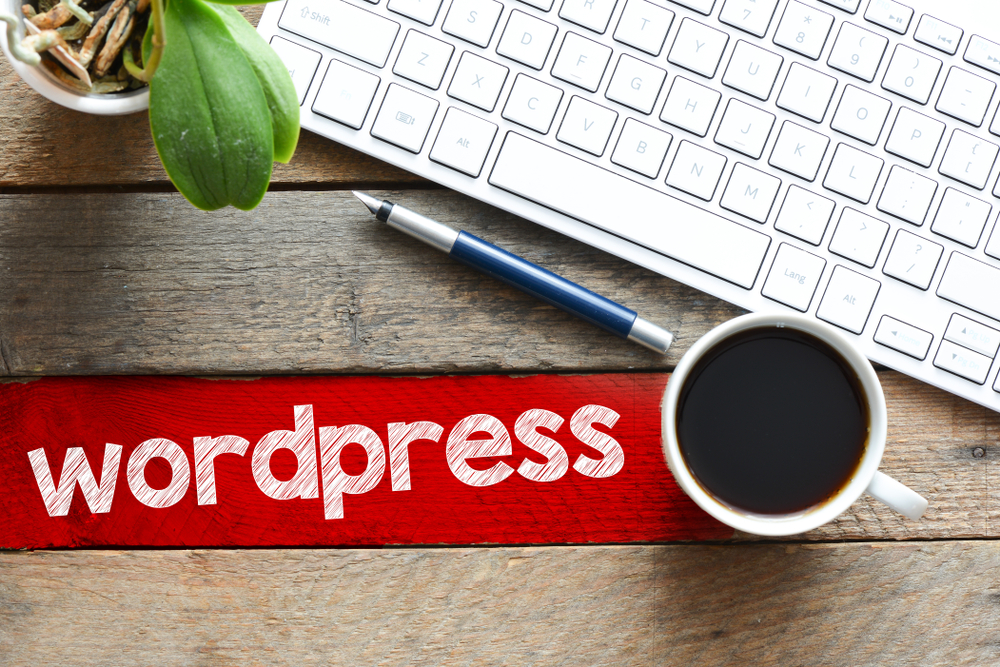
WordPress has become one of the most popular and widely used content management systems (CMS) in the world. With its user-friendly interface and extensive customization options, it's no wonder that millions of websites are powered by WordPress. Whether you're new to WordPress or have been using it for a while, this article will provide you with essential tips and tricks to help you master the art of customizing and maintaining your WordPress website.
Customizing Your WordPress (WP) Theme:
One of the great things about WordPress (the platform for bloggers) is the ability to customize the look and feel of your website. Here are some tips to help you get started:
1. Choose the right theme: The first step in customizing your WordPress website is to choose the right theme. WordPress (the blogging platform) offers a wide variety of free and premium themes that can be easily installed and activated. Look for a theme that matches your website's purpose and design preferences.
2. Customize your theme's appearance: Once you have selected a theme, you can further customize its appearance by accessing the "Customizer" tool in the WordPress (or WP) dashboard. This tool allows you to modify various aspects of your theme, such as colors, fonts, header image, and background image. Experiment with different options to create a unique look for your website.
3. Use WordPress page builders: Page builders are plugins that allow you to create custom layouts for your website's pages. They offer drag-and-drop functionality, making it easy to arrange content and design visually appealing pages. Popular page builders for WordPress include Elementor, Beaver Builder, and Divi Builder.
4. Add custom CSS: If you have some coding knowledge, you can take customization a step further by adding custom CSS to your theme. This allows you to modify specific elements and achieve a more personalized look. You can add custom CSS by accessing the "Additional CSS" option in the WordPress Customizer.
Maintaining Your WordPress Website:
Keeping your WordPress website up-to-date and secure is crucial for its performance and success. Here are some essential tips for maintaining your WordPress website:
1. Update WordPress regularly: WordPress frequently releases updates that provide new features and security fixes. It's important to keep your installation up-to-date to ensure optimal performance and protect against potential vulnerabilities. You can easily update WordPress by clicking the "Update Now" button in the dashboard.
2. Keep plugins and themes updated: In addition to updating WordPress, you should also regularly update your plugins and themes. Developers release updates to address bugs, introduce new features, and enhance security. To update your plugins and themes, go to the "Plugins" and "Appearance" sections in the WordPress dashboard.
3. Backup your website regularly: Accidents happen, and it's essential to have recent backups of your website in case something goes wrong. There are numerous WordPress plugins available that automate the backup process. Consider using a plugin that allows you to schedule regular backups and store them in a secure location.
4. Optimize your website for speed: Website speed plays a crucial role in user experience and search engine rankings. There are several techniques you can implement to optimize your WordPress website for speed, such as caching, compressing images, and using a content delivery network (CDN). Plugins like WP Rocket and W3 Total Cache can help with these optimizations.
5. Secure your website: WordPress is a popular target for hackers, so it's vital to implement security measures to protect your website. Use strong passwords, limit login attempts, install a security plugin, and enable two-factor authentication. Additionally, ensure that your plugins and themes come from reputable sources and update them promptly to avoid potential vulnerabilities.
Frequently Asked Questions:
1. How do I install WordPress?
To install WordPress, you need a domain name and web hosting. Many hosting providers offer one-click WordPress installations through their control panels. Simply log in to your hosting account, look for the "WordPress" or "Softaculous" installer, and follow the prompts to complete the installation.
2. Can I switch themes without losing my content?
Yes, switching themes in WordPress does not affect your content. However, the new theme may have different options and settings, which might require some adjustment to ensure your content is displayed correctly.
3. What should I do if a plugin breaks my website?
If a plugin breaks your website or causes any issues, you can try accessing your website via the WordPress dashboard by adding "/wp-admin" at the end of your website's URL. From there, you can disable or delete the problematic plugin, and your website should return to normal.
4. How often should I update WordPress and my plugins?
Ideally, you should update WordPress, plugins, and themes as soon as updates become available. Regular updates ensure that you have access to the latest features, bug fixes, and security patches.
5. Can I use WordPress to create an e-commerce website?
Yes, WordPress is a versatile platform that can be used to create various types of websites, including e-commerce stores. Plugins like WooCommerce allow you to add robust e-commerce functionality to your WordPress website.
In conclusion, WordPress provides a powerful and flexible platform for building and customizing websites. By following these essential tips and tricks, you can master WordPress and create a website that stands out from the rest. Remember to regularly update and maintain your website to ensure optimal performance, security, and user experience. Happy WordPressing!
Note: This article contains 9 instances of the keyword "wordpress".
Other useful resources
- https://www.wordpress24plus.com
- https://en.wikipedia.org/wiki/WordPress
- https://en.wikipedia.org/wiki/Blog